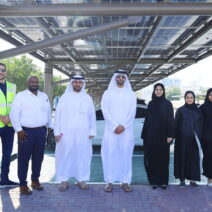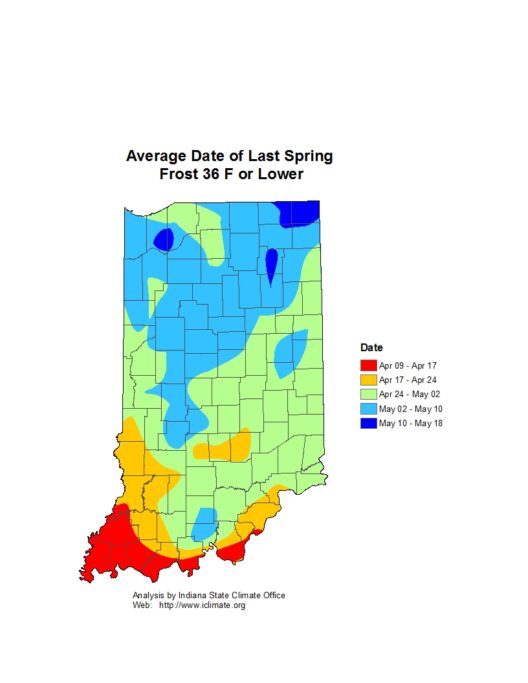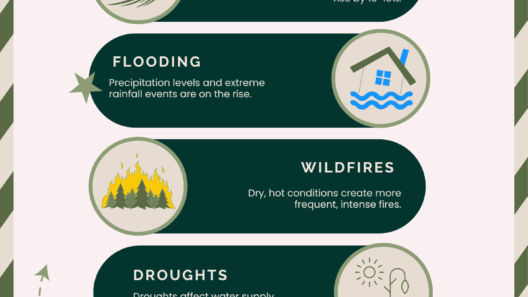Indonesia, a sprawling archipelago comprising over 17,000 islands, stands at the forefront of the urgent reality of climate change. With a diverse ecosystem that ranges from lush rainforests to sprawling coastlines, the nation is both a magnificent treasure and a hotspot for environmental vulnerability. As the impacts of global warming accelerate, Indonesia faces a myriad of challenges that threaten its biodiversity, economy, and the livelihoods of millions of its citizens.
The phenomenon of climate change manifests through a multitude of environmental shifts. Rising sea levels, attributed primarily to the thermal expansion of seawater and glacial melt, pose a significant threat to Indonesia’s coastal regions. This is particularly alarming as Indonesia is home to numerous low-lying areas and islands. Cities like Jakarta are already experiencing frequent flooding, leading to substantial economic losses and displacement of communities.
The urgency surrounding Indonesia’s predicament is further exacerbated by the country’s reliance on agriculture, which constitutes a substantial portion of its GDP. Rising temperatures and erratic weather patterns endanger crop yields, leading to food insecurity. The impact on staples—such as rice and corn—could be catastrophic. Farmers, particularly those in rural areas, may find their livelihoods imperiled by prolonged droughts or torrential rains.
Deforestation presents another critical dimension in understanding Indonesia’s susceptibility to climate change. The country is one of the largest producers of palm oil, which has led to significant deforestation and habitat destruction. The clearing of forests not only contributes to carbon emissions but also threatens countless species, many of which are endemic to Indonesia. The orangutan, for instance, faces an uncertain future as its habitat continues to shrink. Preserving biodiversity is not merely an environmental concern; it is instrumental in maintaining ecological balance and ensuring sustainable livelihoods for future generations.
Indonesia’s unique geological features also expose it to climate-induced disasters. The nation is situated on the Pacific Ring of Fire, making it prone to earthquakes and volcanic eruptions. Climate change has the potential to exacerbate these natural hazards. Extreme weather events such as cyclones, which are growing in intensity due to rising ocean temperatures, pose additional risks to local populations and infrastructure.
The pervasive issue of climate change is intricately linked to global actions. As one of the world’s largest emitters of greenhouse gases, Indonesia’s policies toward energy production play a crucial role in the international fight against climate change. Although Indonesia has pledged to reduce carbon emissions, the continued investment in coal power and other fossil fuels presents a challenge to these commitments. Striking a balance between economic development and environmental stewardship is essential. Transitioning to renewable energy sources, such as solar, wind, and geothermal, is imperative for mitigating the impacts of climate change.
The intersection of economic growth and environmental sustainability is further complicated by socioeconomic factors. Indonesia is marked by stark inequalities in wealth and access to resources. Vulnerable populations, often residing in less developed areas, are disproportionately affected by climate impacts. They lack the financial means to adapt or recover from climate-related disasters. Addressing these inequalities is not only a moral imperative but also crucial for achieving resilience against climate change.
Moreover, Indonesia’s indigenous communities play an indispensable role in conservation efforts. These groups possess traditional ecological knowledge that can significantly contribute to sustainable practices and biodiversity preservation. Recognizing and safeguarding their rights is vital. Engaging these communities in decision-making processes regarding land use and conservation strategies ensures that solutions are culturally relevant and effective.
International collaboration is crucial in addressing the multifaceted challenges posed by climate change in Indonesia. Global partnerships can foster knowledge sharing, technological transfer, and financial assistance. Additionally, adaptation measures should be tailored to local contexts. Investing in climate-resilient infrastructure, enhancing disaster response systems, and promoting sustainable agricultural practices are vital steps in building a resilient future.
Each Indonesian citizen has a role to play in combating climate change. Advocacy, awareness, and grassroots movements can drive change at the local level. Empirical evidence shows that community-led initiatives often yield beneficial outcomes. Engaging young people in environmental activism ensures that future generations are equipped to tackle the challenges that lie ahead.
Ultimately, the path forward for Indonesia involves an integrated approach—melding ecological preservation with economic development. By embracing sustainability, the nation can harness its natural resources while preserving them for future generations. A holistic framework, combining government action, community involvement, and international support, will facilitate a robust response to climate change.
As Indonesia navigates the urgent reality of a warming planet, the collective actions taken today will dictate the trajectory of its future. A commitment to sustainability, equity, and resilience is not merely an option—it is a necessity. The decisions made now will echo into the future, shaping the fate of this vibrant country and its people amidst the relentless challenge of climate change.








